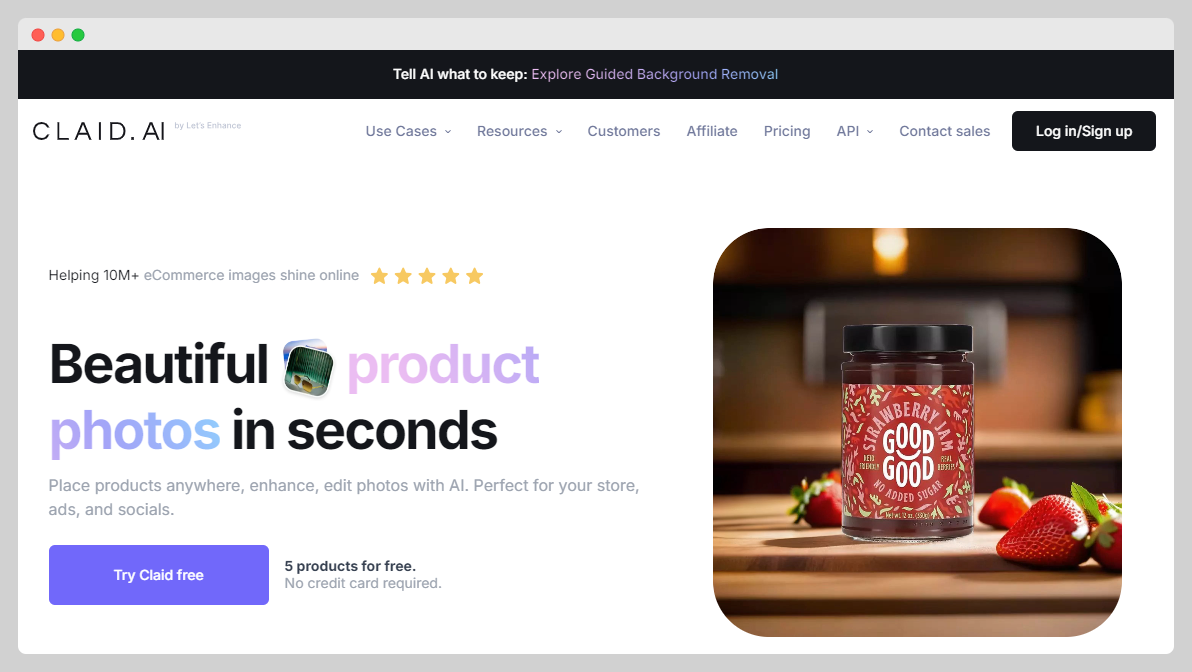How Claid.AI Transformed E-Commerce Photography and Achieved 90% Monthly Growth
Who is Sofiia Shvets?
The founders of Claid.ai are Sofiia Shvets and Vlad Pranskevičius. Sofiia Shvets has a background in economics and marketing and has experience working with marketing agencies and startups, while Vlad Pranskevičius has technical expertise and played a key role in leveraging AI for image enhancement, both hailing from Ukraine.
What problem does Claid.ai solve?
Claid.ai helps e-commerce businesses turn poor-quality product photos into engaging, professional images quickly and affordably, saving time and eliminating costly reshoots.


How did Sofiia come up with the idea for Claid.ai?
Sophie Schwetz, intrigued by the transformative power of AI, identified a gap in the e-commerce industry: the need for high-quality product photographs. Her background in marketing and economics gave her insight into the crucial impact visuals have on successful campaigns. Working with marketing agencies, she often noticed the struggle smaller brands faced when it came to investing in professional-grade photography. This observation, combined with a growing interest in AI, inspired her to create a tool that automates the enhancement of product images, making high-quality visuals more accessible.
The idea for Claid.ai began with simple yet significant...
Disclaimer: The initial draft of this article was compiled by the Starter Story team based on publicly available interviews, podcasts, and other content from the founder. See the sources we used here.

Download the report and join our email newsletter packed with business ideas and money-making opportunities, backed by real-life case studies.

Download the report and join our email newsletter packed with business ideas and money-making opportunities, backed by real-life case studies.

Download the report and join our email newsletter packed with business ideas and money-making opportunities, backed by real-life case studies.

Download the report and join our email newsletter packed with business ideas and money-making opportunities, backed by real-life case studies.

Download the report and join our email newsletter packed with business ideas and money-making opportunities, backed by real-life case studies.

Download the report and join our email newsletter packed with business ideas and money-making opportunities, backed by real-life case studies.

Download the report and join our email newsletter packed with business ideas and money-making opportunities, backed by real-life case studies.

Download the report and join our email newsletter packed with business ideas and money-making opportunities, backed by real-life case studies.









